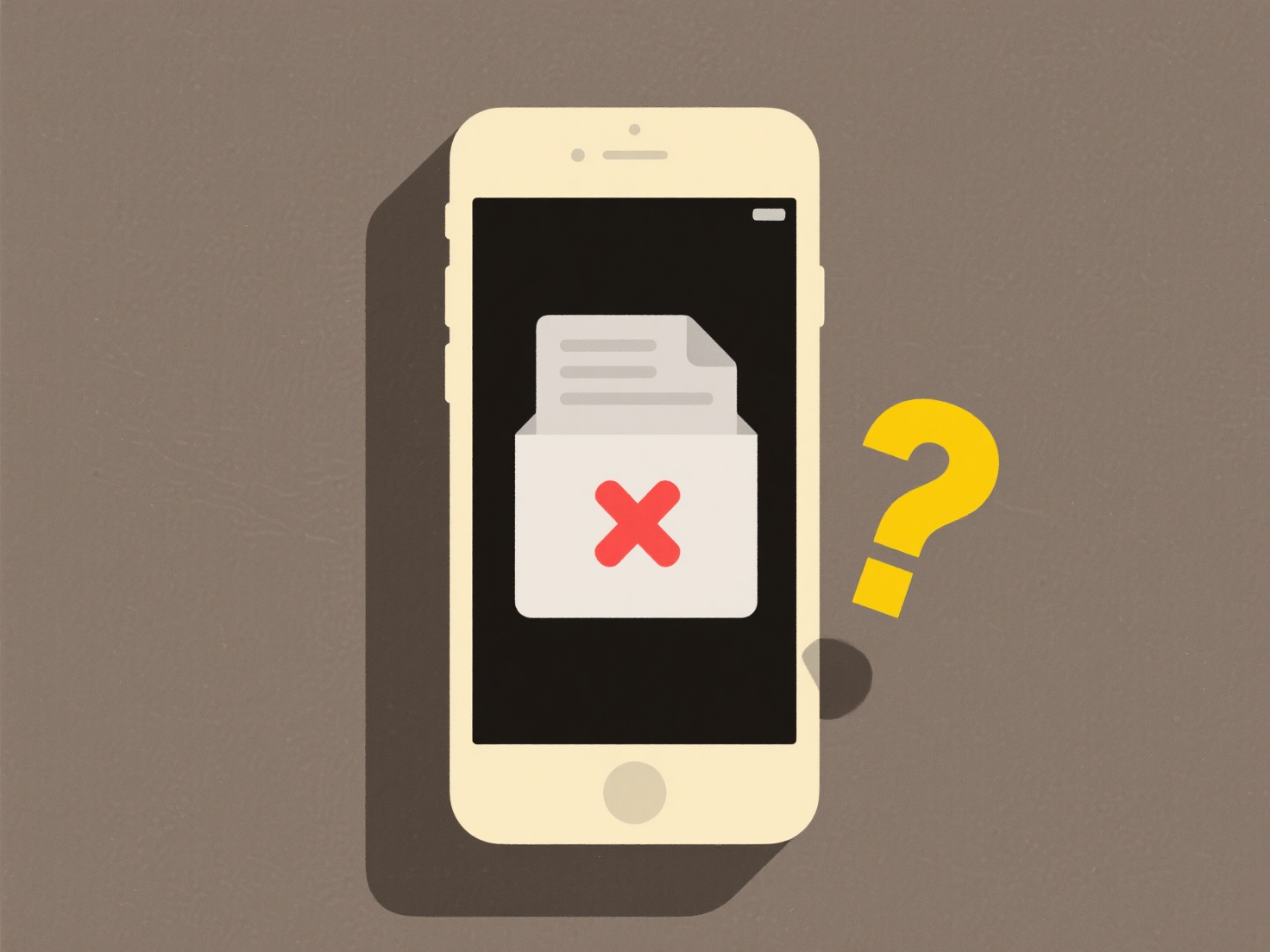
Mobile downloads save in different locations primarily due to app independence, organizational structure, and user choice. Each app typically has its own designated storage area for privacy and management. This structure differs from desktop computers, where users often manually choose a single "Downloads" folder. Mobile operating systems manage permissions and storage isolation, leading apps to default to their own folders unless configured otherwise.

For instance, files downloaded within a web browser like Chrome often default to a /Download folder on Android or appear within the Files app on iOS. Conversely, a photo editing app might save downloads directly into a specific subfolder within its own app directory, such as /Pictures/PhotoEditorApp. Social media apps frequently save images and videos to their own dedicated folders instead of a central location.
This decentralized approach enhances security by isolating apps and simplifies management within apps. However, it can make manually locating downloaded files confusing for users who expect a single, universal downloads folder. Future developments might offer improved unified views without compromising app isolation principles, though deliberate organizational separation remains a core OS design tenet.
Why are mobile downloads saved in different locations?
Mobile downloads save in different locations primarily due to app independence, organizational structure, and user choice. Each app typically has its own designated storage area for privacy and management. This structure differs from desktop computers, where users often manually choose a single "Downloads" folder. Mobile operating systems manage permissions and storage isolation, leading apps to default to their own folders unless configured otherwise.

For instance, files downloaded within a web browser like Chrome often default to a /Download folder on Android or appear within the Files app on iOS. Conversely, a photo editing app might save downloads directly into a specific subfolder within its own app directory, such as /Pictures/PhotoEditorApp. Social media apps frequently save images and videos to their own dedicated folders instead of a central location.
This decentralized approach enhances security by isolating apps and simplifies management within apps. However, it can make manually locating downloaded files confusing for users who expect a single, universal downloads folder. Future developments might offer improved unified views without compromising app isolation principles, though deliberate organizational separation remains a core OS design tenet.
Quick Article Links
What happens when files are renamed during download?
When files are renamed during an ongoing download process, it typically causes the download to fail or become corrupted....
Why can’t Android open a .heic file?
HEIC is a modern image format developed by Apple that uses efficient HEVC compression. Unlike standard JPEGs, it stores ...
Can I rename a file extension?
Renaming a file extension means manually changing the letters after the final dot in a file's name (e.g., changing "repo...